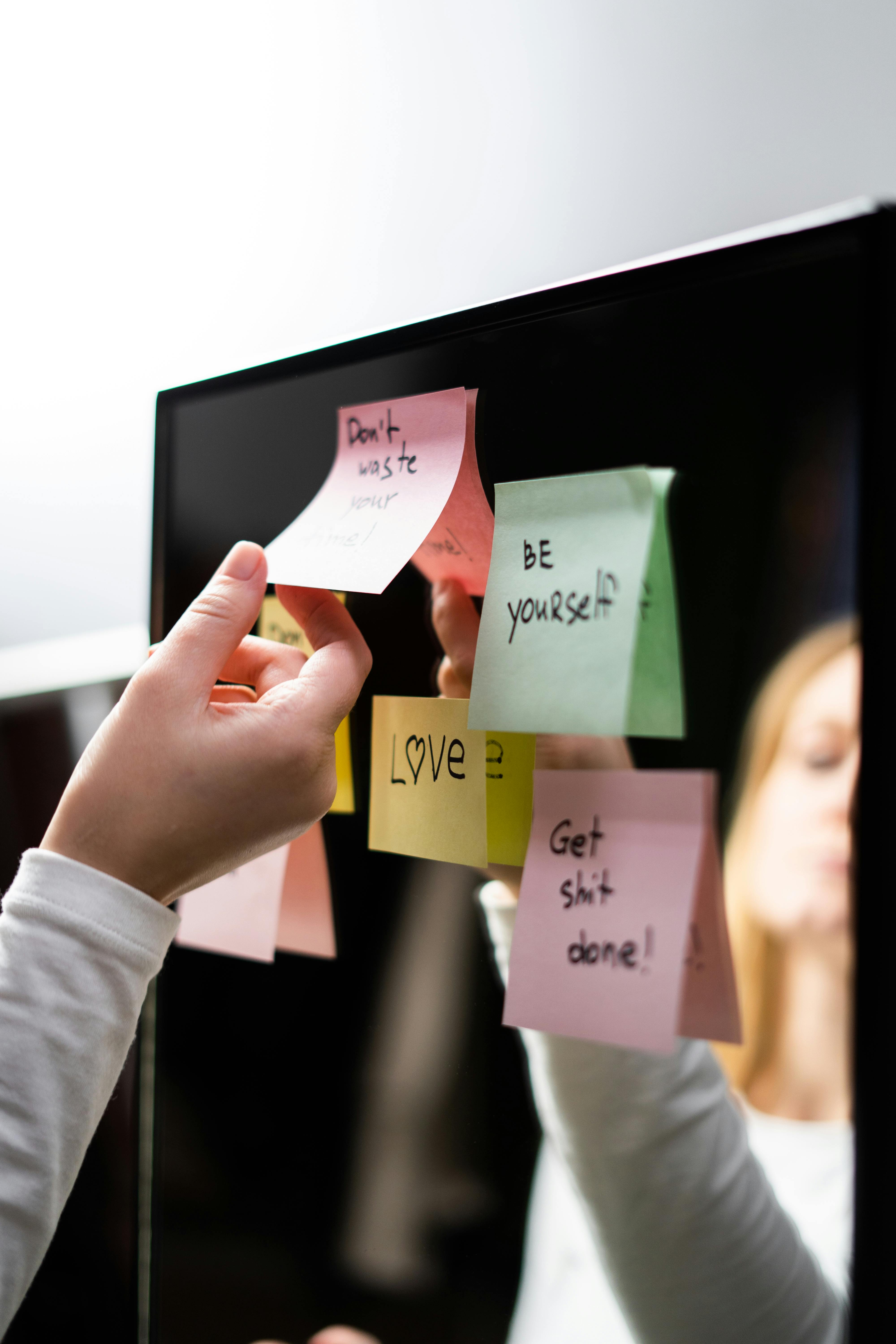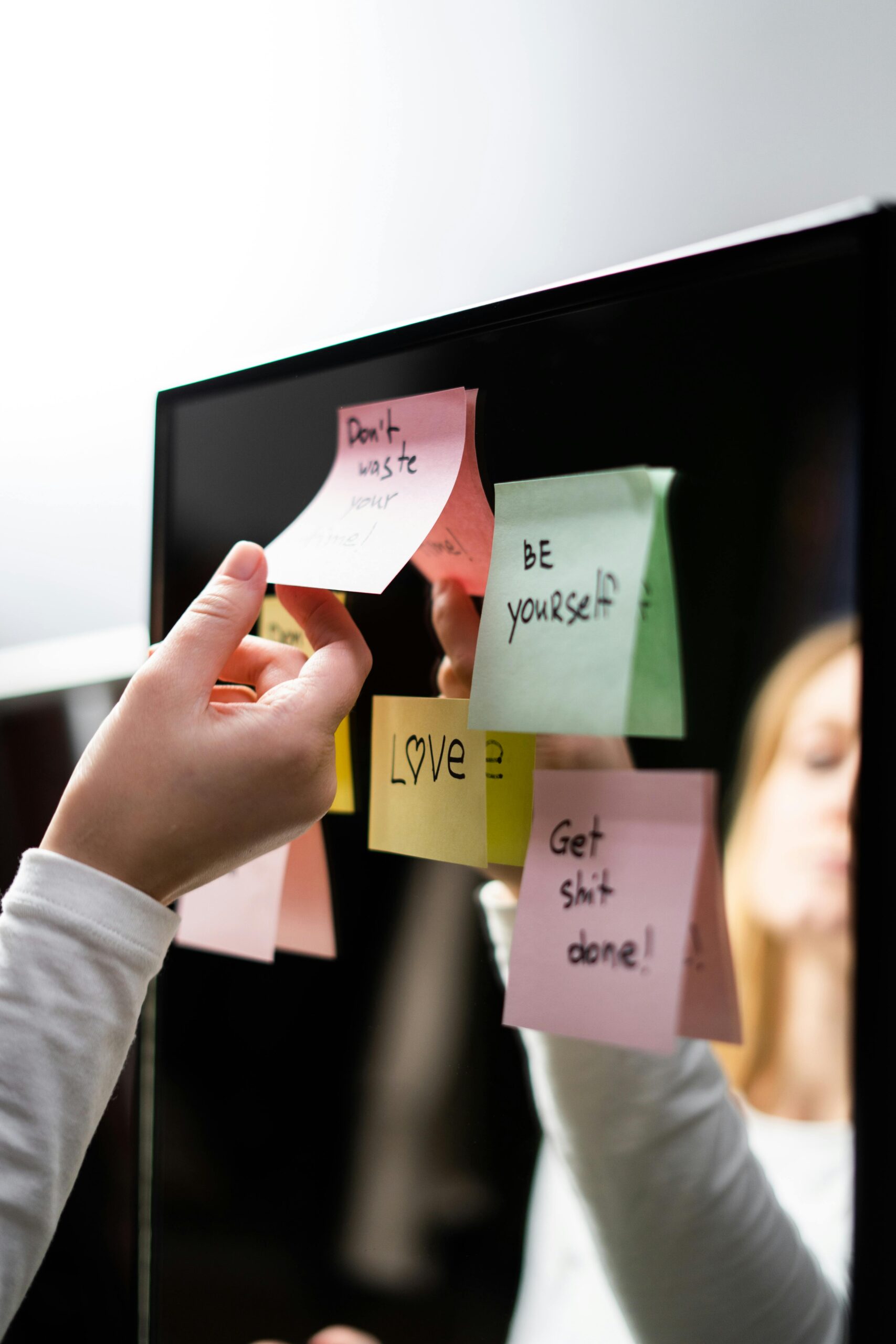Top Mindfulness Tips PDF Guide to Boost Daily Focus
In today’s high-speed digital world, maintaining focus and emotional clarity can be challenging. That’s why mindfulness is gaining momentum among professionals, students, and everyday individuals. In this comprehensive mindfulness tips PDF guide, you’ll discover techniques to reduce stress, improve productivity, and cultivate a balanced mind.

Understanding the Fundamentals
Mindfulness is the practice of bringing full attention to the present moment, accepting it without judgment. Originating from ancient Buddhist traditions, mindfulness has evolved into a scientifically supported approach to improving mental health and overall well-being.
These fundamentals are crucial because they lay the groundwork for sustainable, mindful living. Think of mindfulness like training a muscle—consistent repetition yields strength over time.
1.1 Awareness Without Judgment
This principle emphasizes observing thoughts, feelings, and sensations without labeling them as good or bad. Studies show that individuals practicing nonjudgmental awareness experience reduced anxiety and improved resilience.
For instance, rather than reacting negatively to traffic, a mindful approach would be to observe frustration without indulging it. Many mistakenly believe mindfulness means having no thoughts, when in fact, it’s about relating to thoughts differently.
1.2 Present-Moment Focus
Mindfulness contrasts with multitasking by encouraging complete immersion in the here and now. Unlike zoning out or daydreaming, present-moment awareness demands conscious engagement with current experiences.
Employees practicing this have shown higher productivity and lower burnout. It’s not just about slowing down—it’s about showing up, fully and completely.
Practical Implementation Guide
Now that the core concepts are clear, it’s time to explore how to implement mindfulness into your daily routine. Practicing mindfulness doesn’t require hours of meditation. Even brief moments can make a difference when done consistently.

2.1 Actionable Steps
- Begin with Breathing: Spend 5 minutes a day focusing on your breath. Inhale deeply, hold for four counts, and exhale slowly.
- Use a Mindfulness Journal: Track your thoughts, feelings, and reactions. This helps bring awareness to patterns and emotional triggers.
- Set Reminders: Use phone alarms or sticky notes to prompt you to pause and observe your surroundings mindfully throughout the day.
2.2 Overcoming Challenges
Here are common hurdles and how to handle them:
- Restlessness: Use guided meditations to anchor your attention.
- Inconsistency: Attach mindfulness to a habit, like brushing teeth.
- Judgment of Progress: Acknowledge effort rather than results.
Watch for signs like irritability or zoning out—these may signal a need to recenter. Experts suggest practicing patience and self-kindness as keys to overcoming plateaus.
Advanced Applications
Once you’ve established a basic practice, it’s time to level up. Advanced mindfulness techniques can deepen awareness and enhance life across personal and professional domains.

3.1 Body Scan Meditation
This technique involves directing attention to different parts of the body in sequence. In clinical settings, body scans have reduced chronic pain and improved sleep. A 2020 study found that participants who practiced body scan meditation twice a week reported 27% less physical discomfort.
3.2 Integrating Mindfulness into Workflows
Advanced users incorporate mindfulness into emails, meetings, and even decision-making. For example, before responding to a tense email, a moment of breath can prevent reactive behavior.
This integration requires understanding workplace dynamics and customizing mindfulness tools that blend seamlessly with existing systems.
Future Outlook
Mindfulness is increasingly being integrated into education, healthcare, and leadership training. Apps and wearables now provide real-time feedback, allowing users to track their mindfulness levels.
In the next five years, experts project mindfulness will be a standard offering in corporate wellness programs. Individuals can prepare by building a strong foundational practice and staying open to new tools and innovations.
Conclusion
To summarize:
- Mindfulness is about awareness, not perfection
- Daily practice is more valuable than lengthy sessions
- Advanced methods can enrich your personal and professional life
Whether you’re new or experienced, our mindfulness tips PDF serves as a go-to resource for calm and clarity. Start today—pause, breathe, and be present. Download your free mindfulness guide and begin the transformation.
Frequently Asked Questions
- Q: What is mindfulness in simple terms? Mindfulness means paying attention to the present moment without judging it. For example, feeling your feet touch the ground as you walk.
- Q: How do I start with mindfulness? Begin with short breathing exercises. Spend 5 minutes a day observing your breath or body sensations.
- Q: How much time should I invest daily? Just 10-15 minutes can yield benefits. Some find even 2-minute micro-sessions helpful when practiced regularly.
- Q: Is mindfulness expensive to learn? No. Many free resources, like our mindfulness tips PDF, offer complete guidance. Paid apps and courses are optional enhancements.
- Q: How does mindfulness compare to meditation? Meditation is a formal practice, while mindfulness can be practiced anytime. Both share common techniques.
- Q: Is mindfulness hard to learn? It takes patience but isn’t difficult. The hardest part is consistency. Start small and build up gradually.
- Q: Can mindfulness help in high-stress jobs? Absolutely. Mindfulness has been shown to reduce burnout and improve decision-making in high-stakes industries like healthcare and finance.
